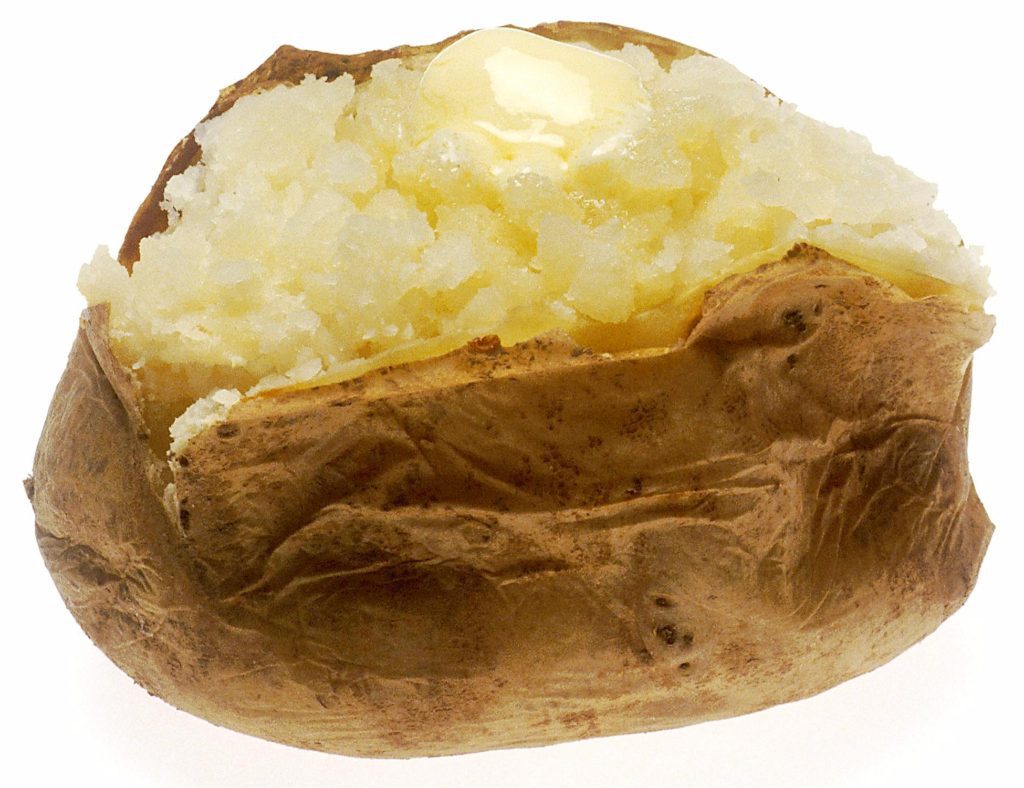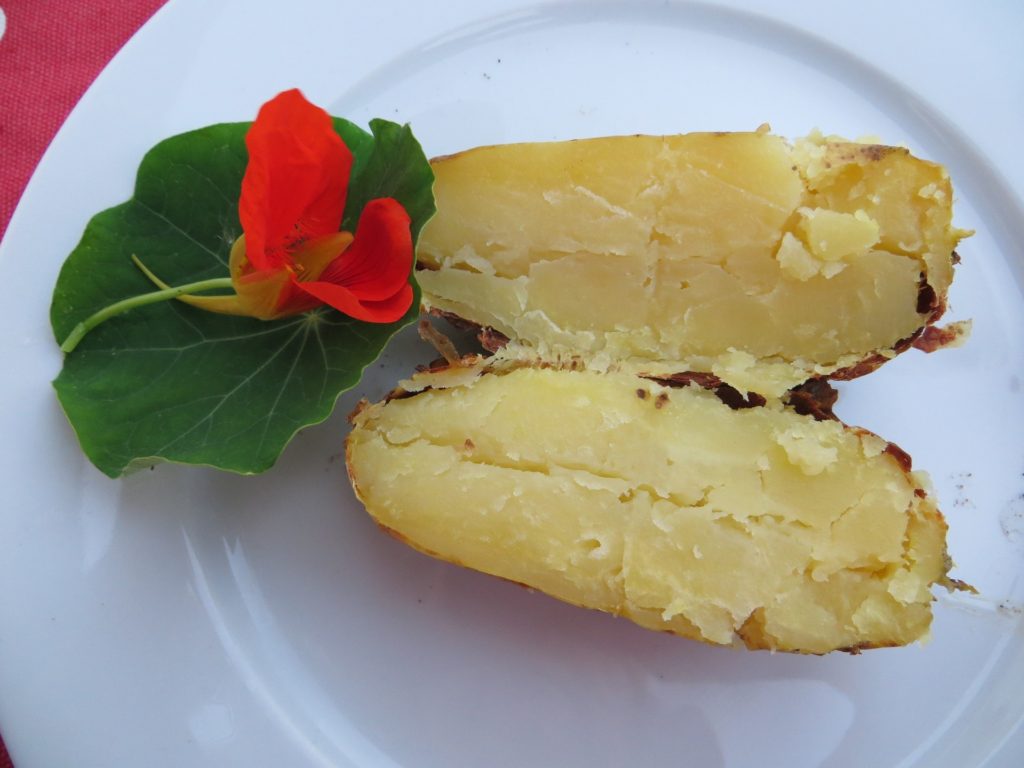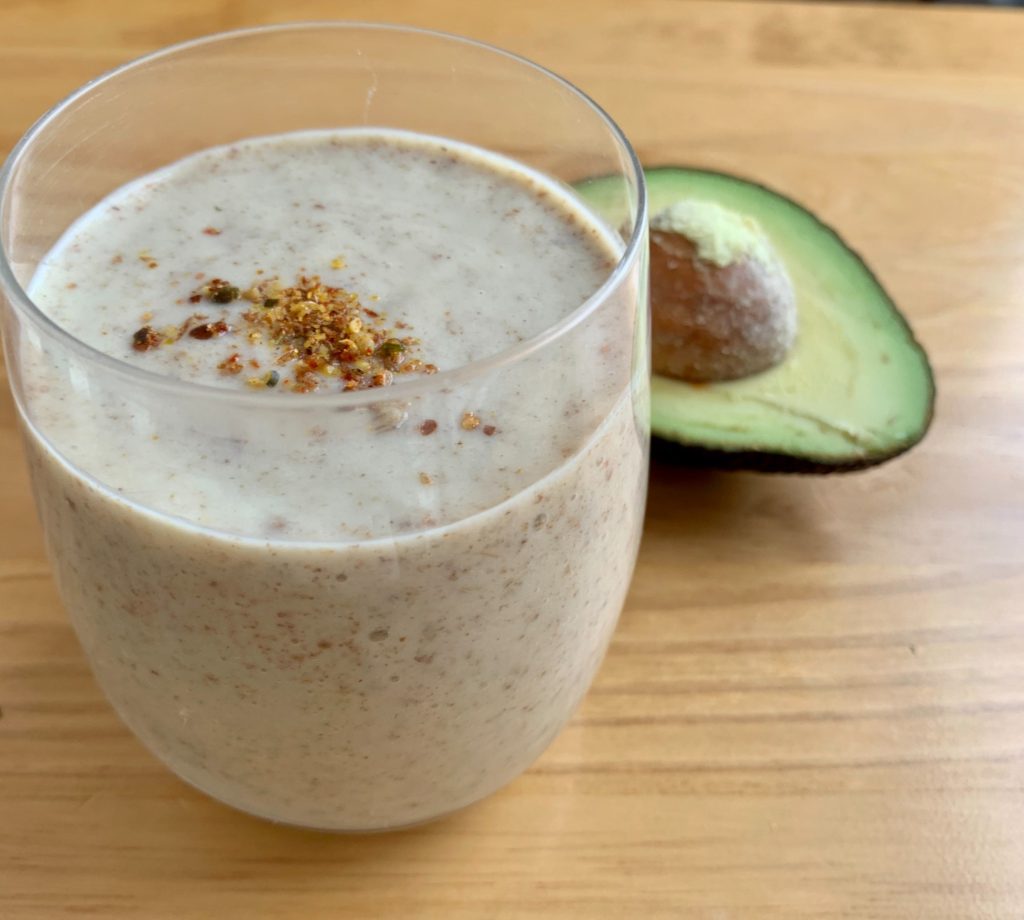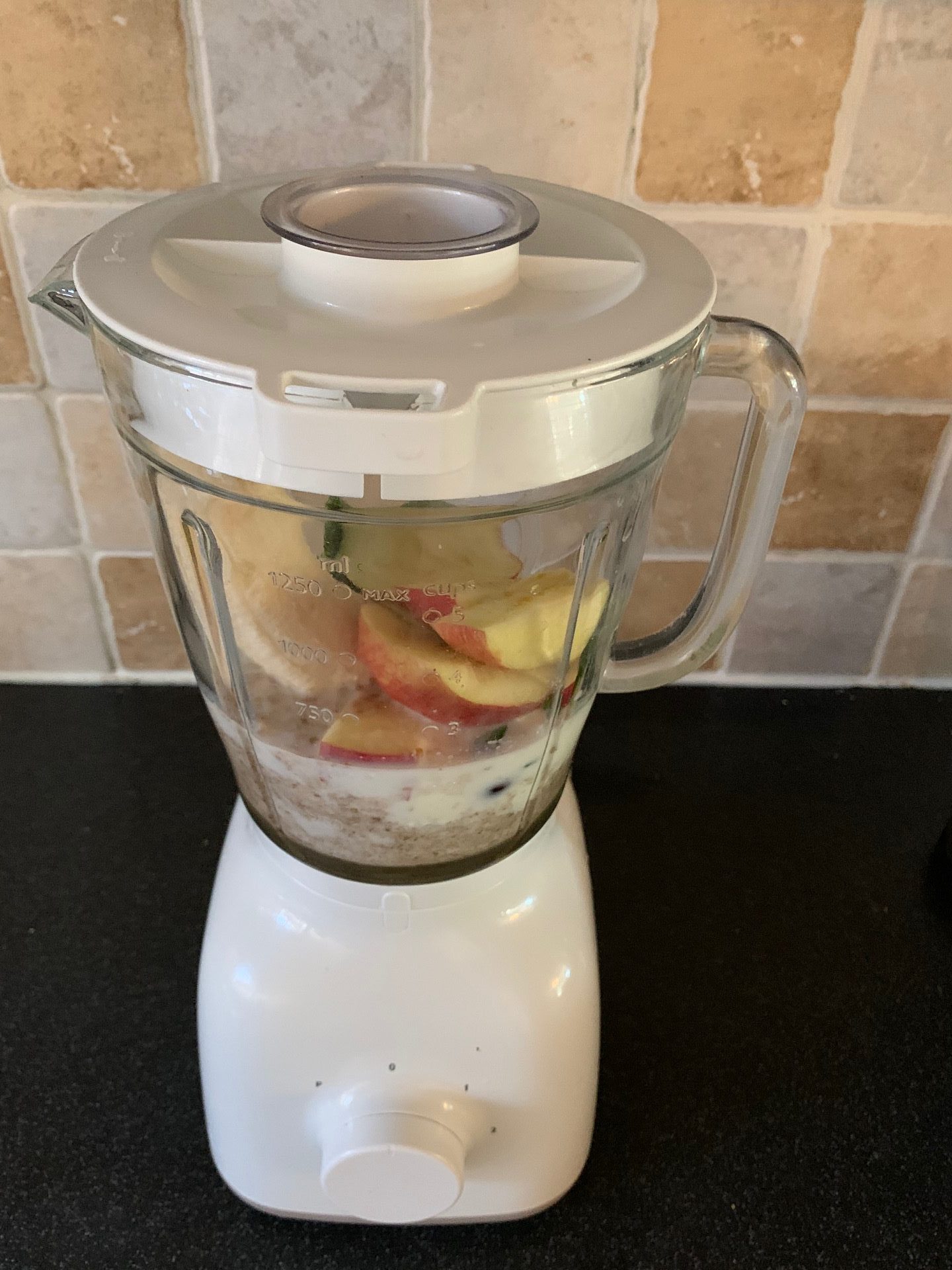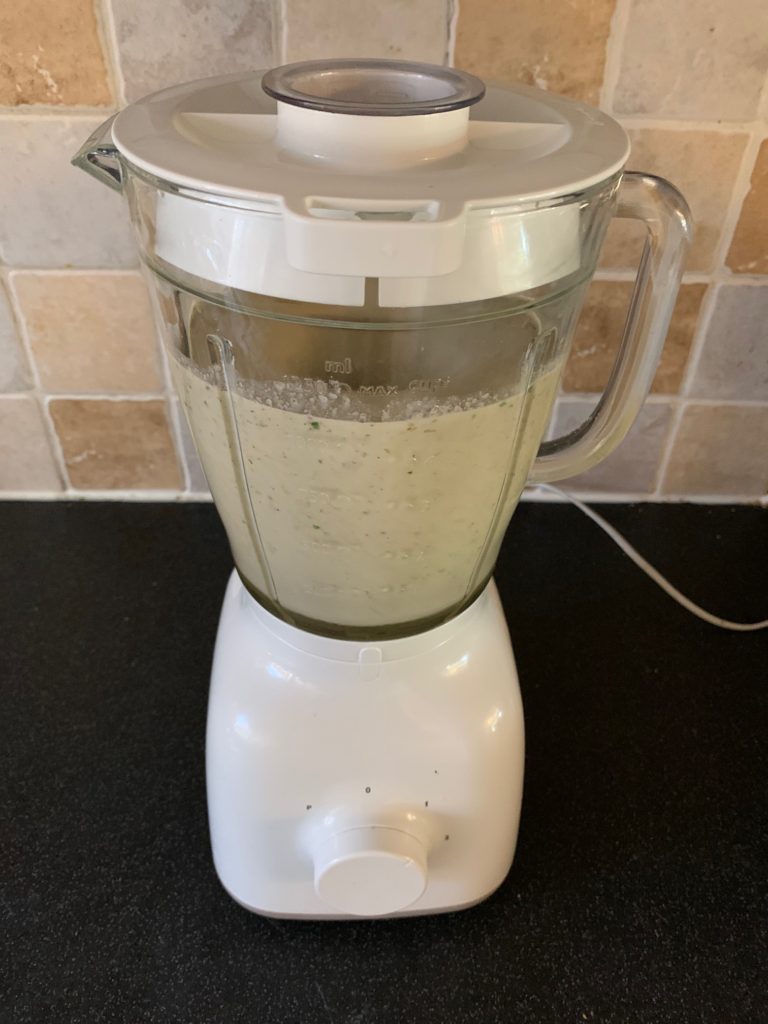So you’re looking for that new appliance to help deal with your fruit and vegetables. But with so many choices which way do you turn; blender or food processor?
Blenders or Food Processor: Blender
Blenders are most suited for making liquid mixes like smoothies and soups.
They operate with a relatively dull but effective blade that typically afixes to the bottom of a jug. The jug is shaped almost like a cone which encourages the ingredients to head downwards towards the blades to be cut up and blended together.
Best For
- Blenders are typically best suited to making:
- Smoothies
- Purees
- Soups
They can also sometimes be put to use to try make dips as well as helping with mixing dough for baking but they are not really designed for these tasks so results can be mixed at best.
When it comes down to getting a blending, it really depends on what you think you’ll be using it for the most. If you’ll rely on it to make smoothies on a regular basis and the occasional soup, then a good blender is probably all you need.
If you intend on using it for more intricate tasks like chopping up vegetables then you may want to look at a food processor. Having said that though, there are many models out there that now come with various attachments meaning you could get blender that can handle a lot more than just smoothies and soups. The highly rated Vitamix 065860 for example can do a whole host of jobs in addition to blending smoothies including grinding nuts and coffee as well as mixing batter and dough.
Blenders typically come with a jug that can sometimes also be used for storing the mixture in the fridge once you’re done. However, this very much depends on size as some units may be too large and tall to fit comfortably in your fridge.
There are other models like the Kenwood Smoothie 2 Go models that have jugs that are designed for being taken on the go and being drunk directly out of the same jug.
When it comes to choosing a blender though there are plenty of inexpensive options, if you know you’ll be making frequent use of it, it pays to go for something that will likely last. If you’re for example going to be packing in fruit every day for breakfast smoothies then you want something durable and capable of blending lots of ingredients without too much bother. The last thing you want is for the motor to be overwhelmed when trying to mix your favourite breakfast smoothie.
It’s a tough question especially when from the outside they seem so similar. But in this article we will try take a look at each one in turn and help you to decide which one would be most suited to yoru needs. So blender or food processor; let’s take a look.
Blenders: Potential Options
Vitamix 065860 E310 Explorian Blender

Vitamix is a household name in the world of blenders reportedly used in restaurants and smoothie spots. Though expensive the Vitamix 065860 E310 Explorian Blender comes with a 5 year warranty which bodes well if you intend to use this daily.
Philips HR3652/01 Blender

When it comes to reliable kitchen appliances there not too many more well renowned names than Philips and their Philips HR3652/01 Blender fits the bill. With a hefty 1400 watt motor and a significant 2 litre glass jug, the Philips HR3652/01 Blender is also equipped with parts that are dishwasher safe.
NUTRiBULLET 600 Series

It seems difficult to talk about blenders or smoothie makers these days without mentioning NUTRiBULLET. The NUTRiBULLET 600 Series is said to be the original in the line and one of the best selling ones.
Blenders or Food Processor: Food Processor
Food processors may look similar to blenders in many respects but they perform different roles.
Food processors are more typically geared towards chopping up fruit and vegetables as well as shredding produce and mixing dough for baking. They are designed to make tasks that would usually require a bit more effort in the kitchen easier and quicker.
Food processors are typically equipped with large flat bowls designed to hold fruit and veg once it has been processed.
In many instances food processors will come equipped with various attachments to help you make the most of the appliance. They can also come with various speeds to help you get through different types of fruit and vegetables.
Food Processors are typically best for:
- Chopping fruit and vegetables
- Slicing fruit and vegetables
- Grating and shredding fruit and vegetables
- Kneading dough
- Mixing ingredients (without completely “blending” them)
As food processors can also mix ingredients, the temptation may be to try use them to make smoothies. If you let a food processor run long enough it may well result in a smoothie like consistency however, it is unlikely to have the same smooth finish to it.
Food Processor: Potential Options
Let’s take a look at some of the best potential options if you’re after a food processor.
Ninja 3-in-1 Food Processor

The Ninja 3-in-1 Food Processor comes with high ratings from users and provides a food processor, multi-serve blender and personal blender all in one machine. With multiple attachments to help you get the most out of each setting, this Ninja comes with a powerful 1200Watt motor.
Kenwood KE-FDP301W Food Processor with Blender

Kenwood have a long history of making great kitchen appliances and their KE-FDP301W Food processor with blender appears to follow that line. Equipped with an ample 2.1 litre food processor bowl and a 1.2 litre blender jug, the KE-FDP301W is well suited to getting various types of jobs done in the kitchen.
Sage the Kitchen Wizz Pro Food Processor

Sage have a track record of producing high quality build products and the Kitchen Wizz Pro (BFP800UK) appears to follow that tradition. With an extra wide chute and 4 way chopping blades, the Kitchen Wizz Pro is well equipped to tackle the jobs you need in the kitchen. Quite helpfully the Sage Kitchen Wizz Pro comes with a stylish and useful accessories storage box to help maintain a clean and tidy feel for this high-end model.
KitchenAid 5KFC3516 Classic Mini Food Processor

If you need a food processor for everyday tasks but don’t want it too take up too much counterspace then the compact but impressive KitchenAid 5KFC3516 Classic Mini Food Processor may be one to look at. With an 830ml bowl with pour spout the KitchenAid Classic Mini Food Processor is well equipped to deal with the needs of a kitchen serving a smaller household.
Blender or Food Processor: Can’t Decide?
If you can’t quite decide between a blender or food processor as you’ll have seen above there are options that allow you to get the best of both with combined food processor and blender combinations.
Conclusion: Blender or Food Processor
When it comes to deciding between a blender or food processor there’s plenty of choice on the market. If you need something that will regularly help you turn your fruit and vegetables into smoothies and soups then you may be best placed to go for a reliable blender. Remember to keep in mind how often you’ll be using it when deciding on the type and quality you want to shell out on.
If on the other hand you need an appliance to help you through some of the heavy lifting involved with making bread dough, slicing and chopping as well as a host of other actions then a food processor may be the way to go.
Of course, if you can’t decide then you have plenty of options available that cater to both sets of needs with combined machines also available.
Food Processor or Blender: Tell Us Your Thoughts.

